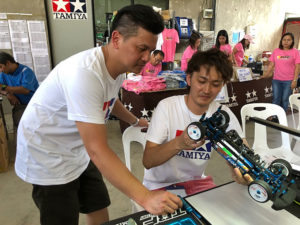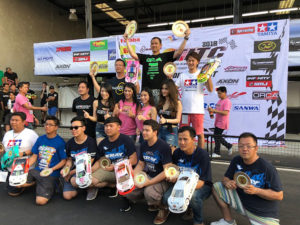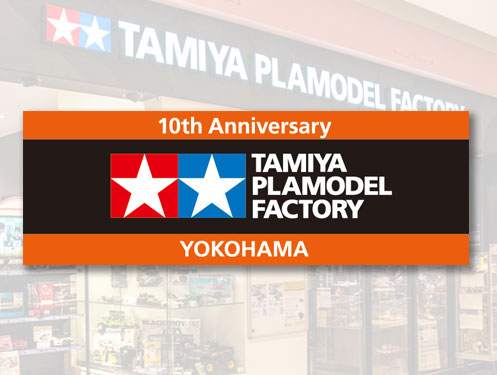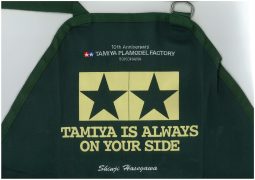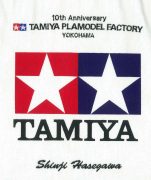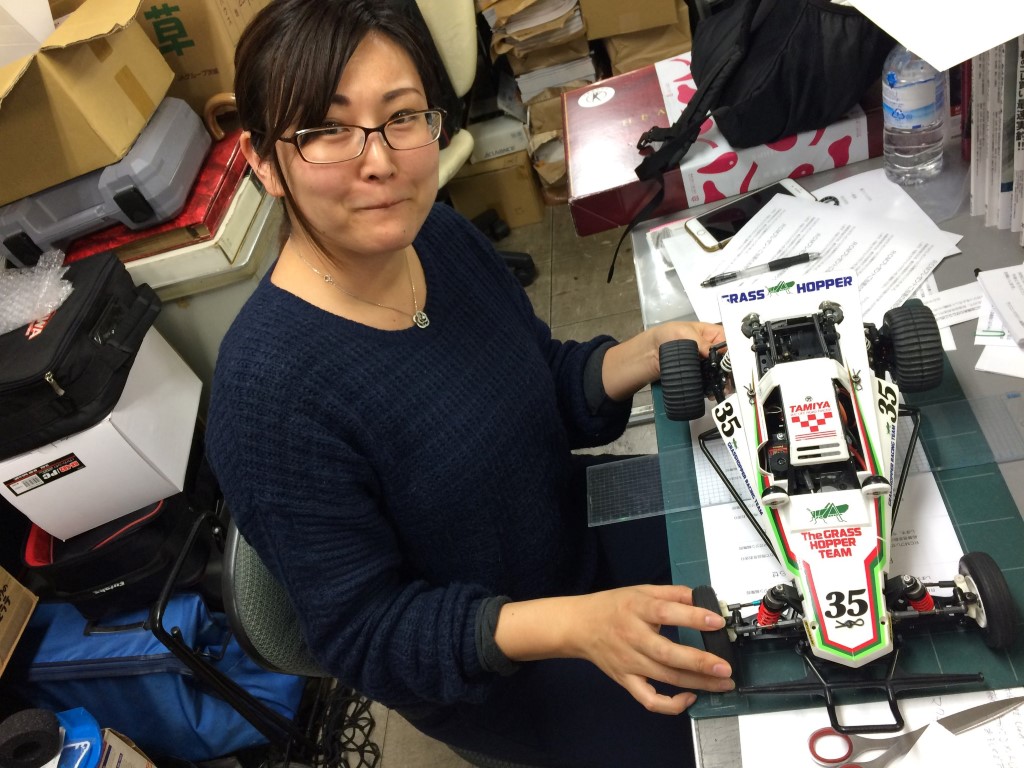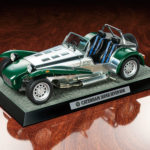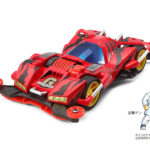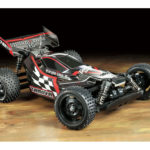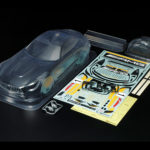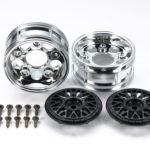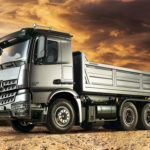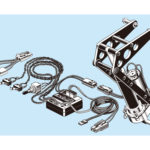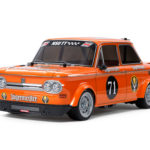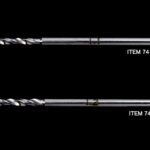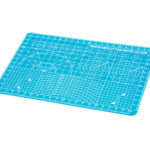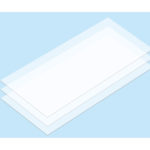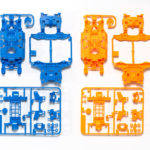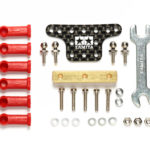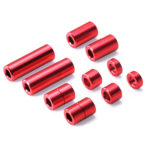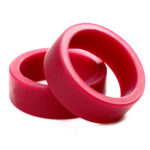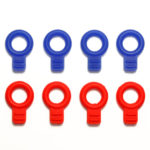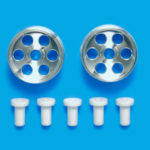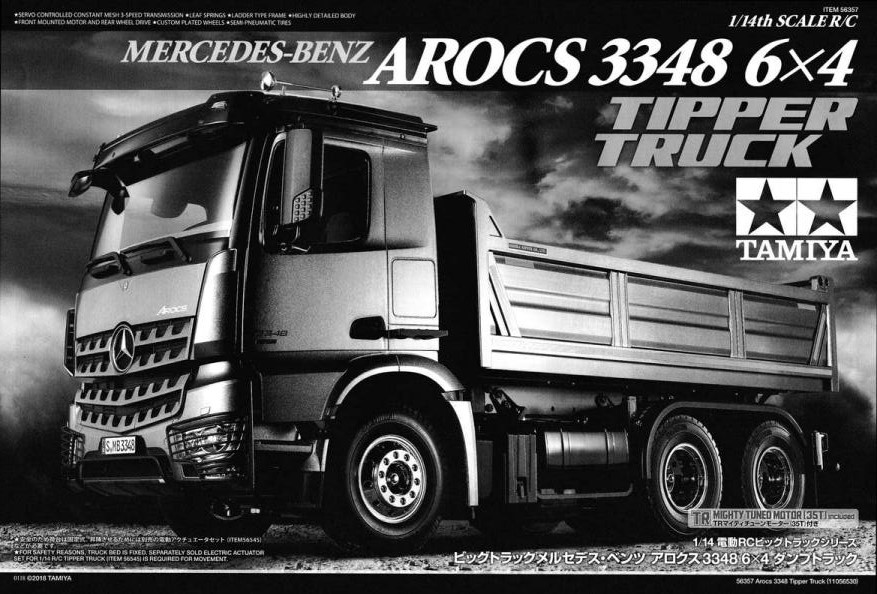Our loyal reader Max Li was kind enough to extend the Official Tamiya Mini 4WD Setup Guide we posted recently with his own tips and experience and send them to us:
Motor and gear
Depending on track type, if it is a:
– Technical with few jumps and etc. (Lots of long straights)
You can use a high speed gear ratio 3:5:1/3:7:1 with speed motors like Atomic Tuned ->Light Dash -> Hyper Dash -> Sprint dash
And etc.
– Technical track (Tight corners, lots of wave, lots of jump)
Acceleration ratio of 4:1, 4:2:1, 5:1 with torque focus motor like torque tuned. Motors like Hyper dash you can tap on it’s torque by using a bigger ration of 4:1 and etc.
*For pro chassis only 4:1 gear ratio
Tire size
Many want the fastest Mini 4WD so they use large diameter.
However large diameter is not suitable for tracks with lots of jump.
Since the car height is further from the track.
Large Diameter – High speed courses with only 4:1/4:2:!/5:1 gear supported
(Suitable for tracks with No jumps) *Lots of optional tire
Low profile (New type of tire design) – High speed courses with only 3:5:1/3:7:1 gear supported (Suitable for tracks with few jumps)
*Lots of optional tire
Small Diameter tire – Technical based tire (Found in VS, MS Chassis, Super X/XX car kits) All gear ratio are supported.
*No optional tire
Small Diameter racing slick tires (Early Mini 4WD tires (Found in Super 1 onwards car kits) – All purpose tire depending on gear.
All gear ratio are supported.
*Limited/rare optional tire
Bearing parts
For rollers, best to use bearing type of rollers so the machine can zip in track easily. Here is a tip many may not know.
For tracks with lots of jump, if you are using bearing on the wheel shaft.
If the car keeps flying off, it doesn’t always mean putting on more weight. You can remove the bearing on the wheel or just a pair of two ball bearing at either the front or rear.
This will helps to slow down the vehicle thus jumping off the track will be minimize.
Tire/Roller size
Roller and tire size fundamentals are the same
Bigger the tire/roller, it is focus on speed settings and speed track.
Small the tire/roller, it is focus on cornering and technical track.
– Three Point roller setup for older chassis Super 1/2/FM and etc.
Setup no need always be double roller, you can explore three point roller setting.
Meaning on roller in the nose, middle and tail of the chassis.
Tire grip
Only large diameter have many optional tires since this is the widely used tire diameter. Low profile there are optional tires but in some countries there are no soft/hard.
Small diameter and small diameter racing tires wise no optional tire at all
Soft – High grip for high speed tracks, slow on cornering since the tire grips on the track surface very hard
Not suitable for jumps as the tire is bouncy.
Hard – Low grip suitable for technical tracks, fast on corner and speed is not affected. (I recommend using hard than soft tire)
Suitable for jumps as the tire is not bouncy.
Offset tires – Cone shaped type of tires, the tire only have 2mm contact. Very fast on corner and outperform modified tires.
Suitable for tracks with many corners, however speed and stability isn’t’ that great so not ideal for high speed tracks
One way wheel (Rare/Outdated) – All rounder type of tire regardless of tire type whether soft or hard. These are mechanic type of tire.
Speed and corner are very good, since these tires have inner wheel. During corners, the tires will not be drag so the car can corner very easily.
However such tires are not ideal for jumps as the mechanism will get crash after some time of usage.
Reston Sponge (Rare/outdated) – All rounder tire, good grip and easy on corner. Light weight as compare with rubber tires.
Suitable for high speed tires.
Most early Mini 4WD have reston sponge as optional tire.
However not ideal for jumps as the tire is really bouncy.
How to handle jumps
Brakes and jumps are only some methods to handle jumps.
There are other things to take note such as:
– Motor used, if you are using sprint dash for jump.
Try changing to a slower motor
– Gear ratio, try using acceleration ratio of 4:1 and above but no 3:5:! gear for jumps
– Tire, large diameters are not suitable for jumps as the car height is very high. Try changing to small diameter tire.
* Such tires can only be obtained through kits like VS, MS chassis
or Super 1/2 onwards car kits with small diameter car kits
Brake types
– sponge brakes are great for high speed tracks but not climbs.
For some they use tape on sponge brake so it will not brake on climb.
– Rubber brakes all rounder brake for climbs and speed tracks.
Tip for rubber brakes is make it pointy so it touches the arc of the jump section. *Refer to TAM15198 you will understand what I am talking about.
Damper placement
For damper to work properly and correct the vehicle during jumps.
Recommend to place a damper set in front and one in the rear.
Middle damper even in the early days of Mini 4WD are not effective in anywhere so middle damper only helps to hold down the vehicle than correct the vehicle during jumps.
Take note do not use a pair heavy mass damper as the car will bounce off track during jumps. Mass damper block performs better than standard damper drums but do not use the heavier one.
Take note not all car you can place mass damper block in front.
Let me just share that mass damper is not intended to hold down the vehicle but to correct it.
Refer to the instruction of part TAM15392 you will understand what I am talking about.
Car width
Wider the front/rear of the car give more stability as well as cornering.
There are parts like side extension (TAM15230 *Rare, TAM15357).
Basically these are long reach type of FRP, they touch the track wall very closely.
Very suitable for technical tracks and cornering is superb.
However if the track have many tight corners, you might want to explore smaller car width than wide.
Either remove FRP or use FRP with no roller size limitation like 15150/15242. (If the chassis supports it)
Such FRP are from Mini 4WD early days, such FRP are useful since you can put almost any roller size.
If you feel your car is stuck in tight corners, install such FRP than with a smaller roller size like 13mm and smaller.
I use such setting to tackle very tricky courses using chassis like Super 1/TX and VS are a few older chassis that supports such FRP.
Explore sliding damper part and damper grease
FRP is the most popular among all the racers.
Sliding damper part TAM15198/15467.
Tip from me sliding part always put in rear than front.
Most don’t use siding damper as they feel it is slow.
Why is it slow is because the grease included in the part is a soft grease which is meant for low speed.
You need to purchase TAMIYA HG Sliding damper grease 15471.
For high speed use hard, for technical track use soft.
Such part no one have even explore or use.
Sliding damper usually have a aluminium plate which add as weight to hold on the vehicle.
Same concept with some who place weight in the rear.
Don’t worry about jumps, just place a damper in front of the car not the middle and the car can cope with jumps.
Last but not least, try to explore all the optional parts like what I did.
There simply a lot of parts for Mini 4WD other than FRP, metal rollers and etc.
Some rare/older parts are helpful in certain track conditions.
Example TAM15176 which helps Mini 4WD to corner smoothly since the arm slides along the track so the car will not get stuck in corners.
Hope this helps and enjoy.
Max Li
Mini 4WD tester and collector


